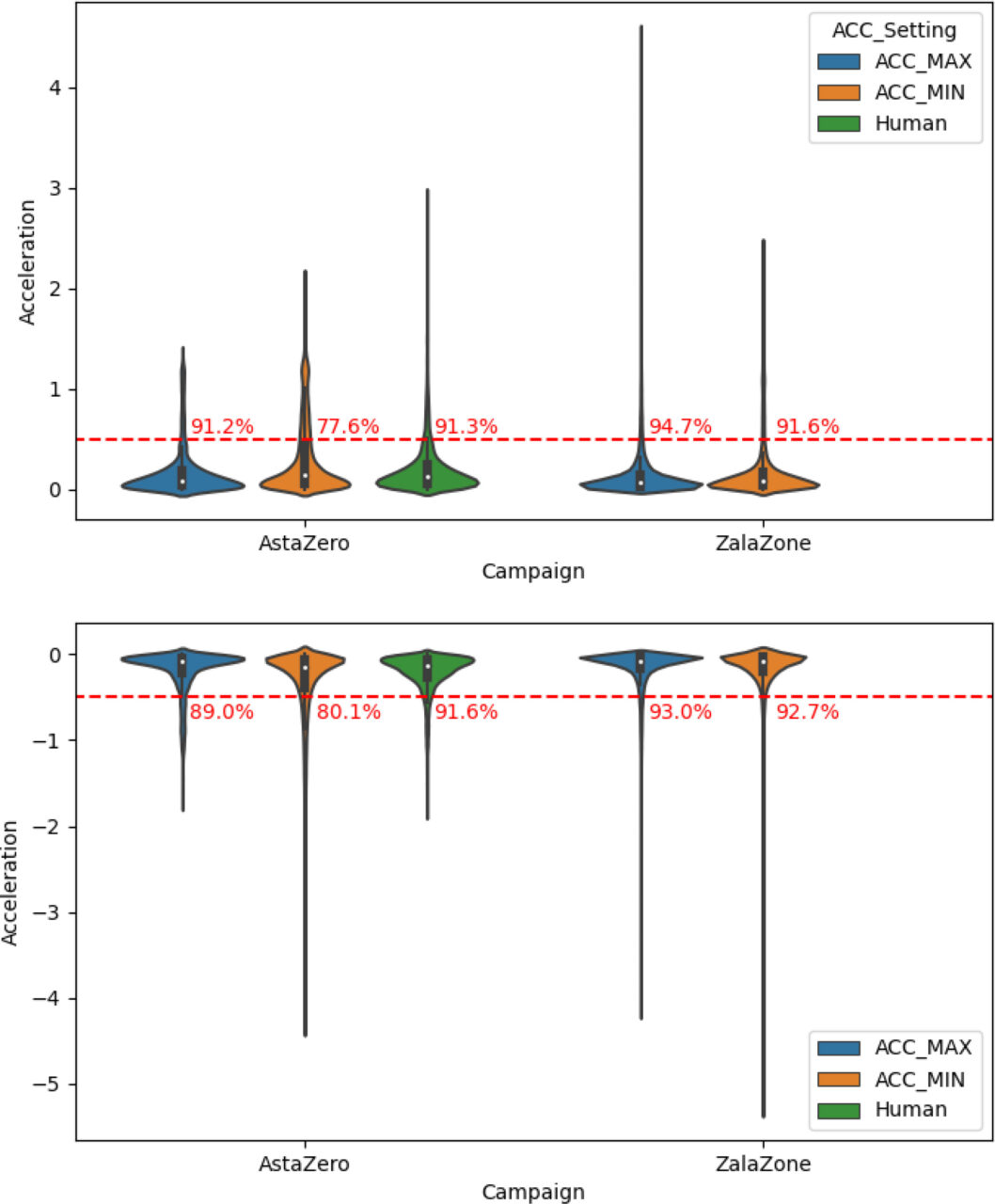
Shaimaa K. El-Baklish, Anastasios Kouvelas, Michail A. Makridis
2025
Full text
Automated vehicle technologies offer a promising avenue for enhancing traffic efficiency, safety, and energy consumption. Among these, Adaptive Cruise Control (ACC) systems stand out as a prevalent form of automation on today’s roads, with their time gap settings holding paramount importance. While decreasing the average time headway tends to enhance traffic capacity, it simultaneously raises concerns regarding safety and string stability. This study introduces a novel variable time gap feedback control policy aimed at striking a balance between maintaining a minimum time gap setting under equilibrium car-following conditions, thereby improving traffic capacity, while ensuring string stability to mitigate disturbances away from the equilibrium flow. Leveraging nonlinear control technique, the strategy employs a variable time gap component as the manipulated control signal, complemented by a constant time gap component that predominates during car-following equilibrium. The effectiveness of the proposed scheme is evaluated against its constant time-gap counterpart calibrated using field platoon data from the OpenACC dataset. Through numerical and traffic simulations, our findings illustrate that the proposed algorithm effectively dampens perturbations within vehicle platoons, leading to a more efficient and safer mixed traffic flow.